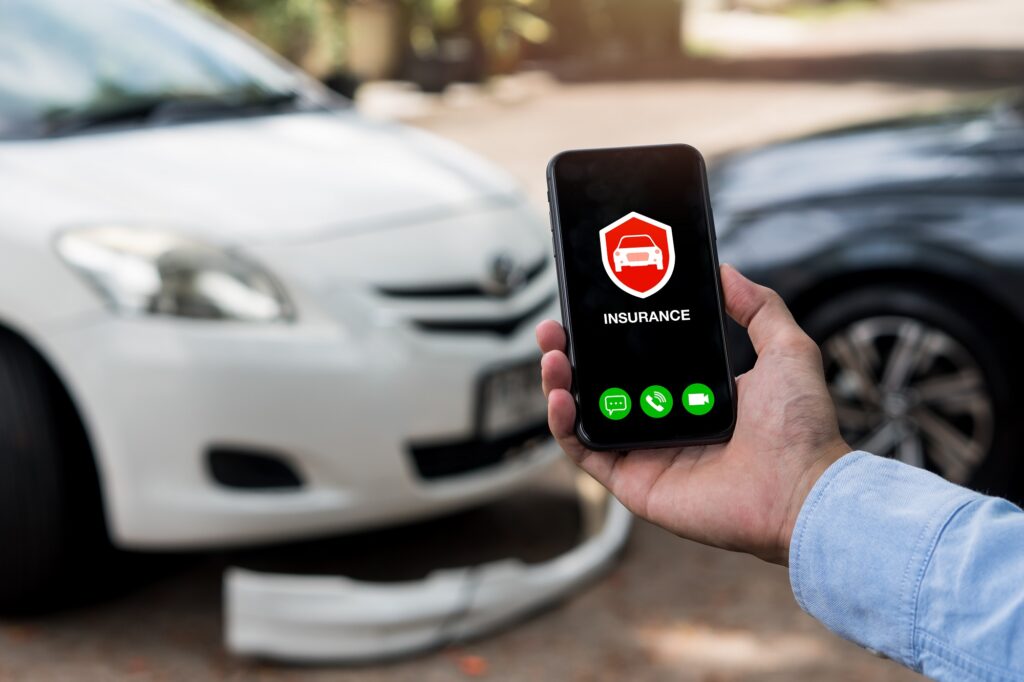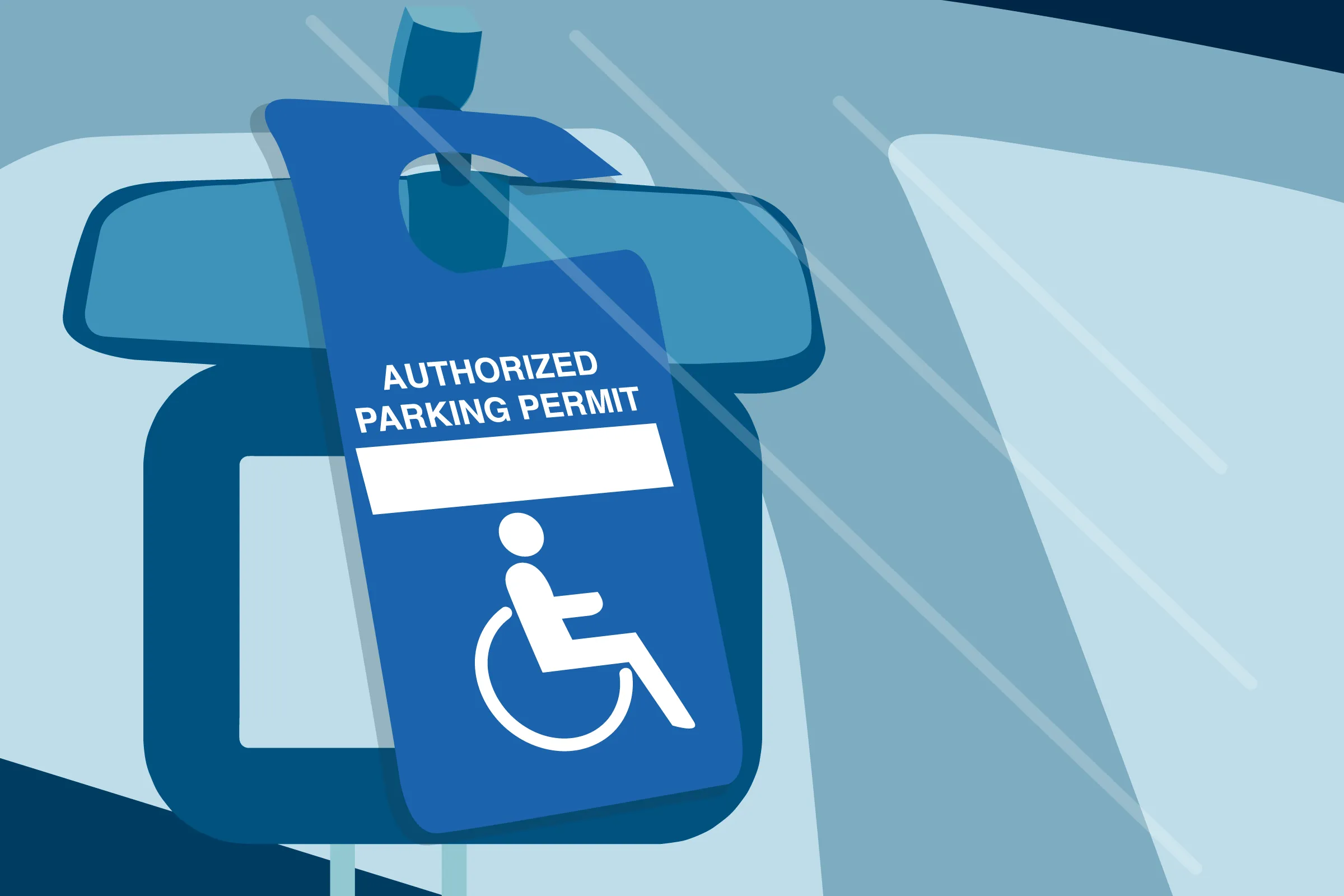Understanding Car Insurance Coverage in 2023: What You Need to Know
Navigating the world of car insurance can be overwhelming, especially with so many coverage options available.

Navigating the world of car insurance can be overwhelming, especially with so many coverage options available. Whether you’re a new driver or a seasoned car owner, it’s crucial to understand the different types of car insurance coverage and what they mean for you. In 2023, car insurance requirements can vary significantly by state, but certain types of coverage are commonly found across the board. This guide will walk you through the essential car insurance coverages and help you determine which ones are best for your situation.
Types of Car Insurance Coverage
1. Liability Insurance
Liability insurance is perhaps the most fundamental type of car insurance and is required in nearly every state. This coverage is designed to protect you if you are found responsible for causing injuries or property damage in a car accident.
Types of Liability Coverage
-
Bodily Injury (BI) Liability: This coverage takes care of medical expenses, lost wages, and legal fees if you cause injuries to others. It also covers funeral costs if the accident results in a fatality. The BI liability limit varies by state, with many requiring a minimum of $25,000 per person and up to $50,000 per accident.
-
Property Damage (PD) Liability: This covers the costs of repairing or replacing another person’s property that you damaged in an accident. This includes damage to vehicles, homes, or personal belongings like fences and mailboxes.
It’s important to note that liability insurance does not cover your own medical expenses or property damage. For that, additional coverage is needed.
2. Physical Damage (Full Coverage)
Full coverage, often referred to as physical damage insurance, combines your state’s minimum insurance requirements with collision and comprehensive coverage. This type of insurance is typically required if you’re financing or leasing your vehicle.
-
Collision Coverage: This insurance pays for repairs to your car if it’s damaged in a collision with another vehicle or object, regardless of who is at fault. Without collision coverage, you would be responsible for all repair costs if you’re in an accident.
-
Comprehensive Coverage: This covers damages to your car that are not the result of a collision, such as theft, vandalism, fire, or natural disasters. While comprehensive coverage protects against various types of damage, it does not cover personal belongings inside your vehicle.
3. Medical Payments or Personal Injury Protection (PIP)
-
Medical Payments Coverage (MedPay): MedPay covers medical and funeral expenses for you and your passengers, regardless of fault. It typically covers doctor visits, hospital bills, and emergency services without requiring a deductible or copayment.
-
Personal Injury Protection (PIP): PIP is similar to MedPay but offers broader coverage. It includes medical expenses, lost wages, and sometimes even household services if you’re unable to perform daily tasks due to injuries. PIP is available in no-fault states and can be mandatory or optional depending on your location.
4. Uninsured/Underinsured Motorist Coverage
Uninsured/underinsured motorist (UM/UIM) coverage is crucial if you’re involved in an accident with a driver who either lacks insurance or doesn’t have enough to cover your damages.
-
Uninsured Motorist Coverage: This provides compensation for your medical and repair expenses if the other driver has no insurance. It also covers you in the event of a hit-and-run accident where the responsible driver cannot be identified.
-
Underinsured Motorist Coverage: This kicks in when the at-fault driver’s insurance is insufficient to cover all your costs. For example, if the other driver’s insurance only covers $5,000 in property damage while your repairs cost $7,000, underinsured motorist coverage would cover the remaining $2,000.
Other Types of Car Insurance
Beyond the basic coverages, there are several optional endorsements that can enhance your auto policy.
-
GAP Insurance: Guaranteed Asset Protection (GAP) insurance helps cover the difference between the actual cash value of your car and the remaining balance on your auto loan if your car is totaled. For instance, if your car is worth $10,000 but you owe $12,000 on your loan, GAP insurance would cover the $2,000 shortfall. This type of insurance is often required if you make a small down payment on your car.
-
Roadside Assistance: This coverage provides emergency services like towing, fuel delivery, and locksmith services if your car breaks down or you’re locked out. It’s a handy addition to your policy, especially if you frequently drive long distances. Many insurers offer this coverage at a reasonable monthly rate and with limits on the number of service calls per year.
-
Rental Car Reimbursement: If your car is in the shop for repairs or has been totaled, rental car reimbursement can help cover the cost of a temporary vehicle. While the other driver’s liability insurance should cover rental costs if they’re at fault, rental car reimbursement ensures you’re not left without a vehicle while waiting for the claims process to complete.
FAQs
1. What types of car insurance coverage are most commonly required?
Most states require liability insurance, which includes bodily injury and property damage coverage. Other types, such as uninsured/underinsured motorist coverage and personal injury protection, may be required depending on the state. Full coverage, which includes collision and comprehensive insurance, is typically required if you’re financing or leasing your vehicle.
2. How does liability insurance work?
Liability insurance covers expenses if you’re responsible for causing injuries or property damage in an accident. It includes bodily injury liability, which pays for medical expenses and legal fees for others injured in the accident, and property damage liability, which covers the cost of repairing or replacing damaged property.
3. What is the difference between collision and comprehensive coverage?
Collision coverage pays for repairs to your vehicle if it’s damaged in an accident with another vehicle or object. Comprehensive coverage, on the other hand, covers damages to your car from non-collision incidents such as theft, vandalism, fire, or natural disasters.
4. What are Medical Payments (MedPay) and Personal Injury Protection (PIP)?
Medical Payments coverage (MedPay) pays for medical and funeral expenses for you and your passengers, regardless of who is at fault in an accident. Personal Injury Protection (PIP) offers similar benefits but also covers lost wages and additional expenses. PIP is available in no-fault states and can be mandatory or optional depending on where you live.
5. When should I consider uninsured/underinsured motorist coverage?
Uninsured/underinsured motorist coverage is essential if you’re involved in an accident with a driver who has no insurance or insufficient coverage. This type of insurance helps cover your medical and repair expenses when the at-fault driver cannot fully compensate you.
6. What is GAP insurance and do I need it?
GAP insurance covers the difference between the remaining balance on your auto loan and the actual cash value of your car if it’s totaled. It’s particularly useful if you owe more on your loan than the car’s value, which is often the case if you made a small down payment.
7. What does roadside assistance cover?
Roadside assistance provides emergency services such as towing, fuel delivery, flat tire changes, and locksmith services if your car breaks down or you’re locked out. It’s a helpful add-on to your policy, especially if you often drive long distances.
8. How does rental car reimbursement work?
Rental car reimbursement covers the cost of renting a vehicle while your car is being repaired or replaced. It’s useful if your car is in the shop due to an accident or if it’s been totaled. If the other driver is at fault, their liability insurance should cover your rental car costs, but rental car reimbursement ensures you have a vehicle right away.
9. Is liability insurance enough if I don’t drive often?
While liability insurance might be sufficient for infrequent drivers, it’s important to consider additional coverage to protect against various risks. For comprehensive protection, you might want to add collision, comprehensive, and possibly uninsured/underinsured motorist coverage.
10. How can I determine the right coverage for my needs?
Assess your personal situation, including how much you drive, the value of your car, and your financial situation. Consider the types of coverage that offer the most protection based on your circumstances. Consulting with an insurance agent can also help tailor a policy to your specific needs.
What's Your Reaction?


















